This autumn, art lovers in New York City can get to know the work of ob, a young member of the Kaikai Kiki studio who has become known for her delicate, atmospheric paintings depicting girlhood in Japan.
Born in 1992 in Kagoshima and raised in Kyoto, ob is part of a generation that grew up with video games and social media, or SNS (Social Networking Services) as social platforms are collectively called in Japanese. Aptly, the artist uses social and digital media extensively for artistic expression and connection. Viewers are invited into her dream world, delineated in pastel colours, with works characterised by figures with large, round eyes, positioned in front of intricate landscapes.
Ahead of her upcoming exhibition at New York’s Perrotin Gallery, we ask ob about her sources of inspiration and the evolution of her work.
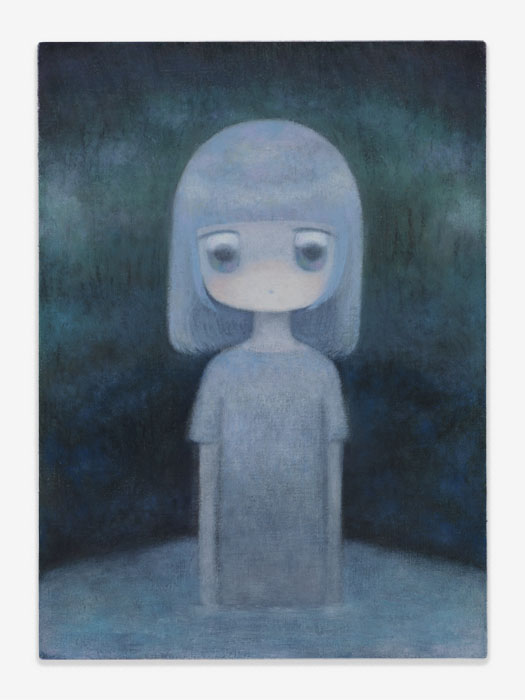
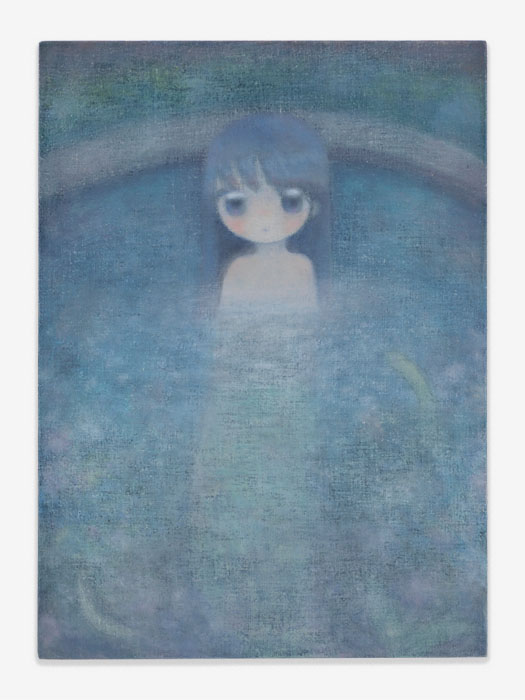
What is the meaning of your artist alias ‘ob’?
It comes from the initial letters of my maiden name. When I started to show my paintings on the internet in 2006, I was not comfortable revealing my real name online. It was the trend at the time to use a handle name, rather like an avatar in the modern sense.
After using it as my handle, it became my artist name. I like the fact that it’s not possible to determine where I’m from or what my gender is at a glance.
Did you ever envisage your work as self-portraits?
My paintings include elements of my own experience, but I don’t consider them self-portraits. I believe that the characters themselves are like vessels or dolls in which the imagination of the viewer is reflected.
Do you feel your relationship with your subjects has changed as you get older?
When I was an adolescent, I tried to maintain my mental balance by making art. I think the distance between my paintings and myself was closer than now. Through the years I painted the uncertain self of adolescence, I have now shifted towards exploring universal consciousness, such as a vessel that connects to the hearts of every person. Through my paintings, I have touched on the differences between others.
In addition to your large-eyed female subjects, another characteristic of your work is your treatment of space. In what ways has this space changed over time in your work?
Most of my past paintings featured imagined scenery, and girls’ rooms that embodied imagined scenery. I started to introduce the theme of the folk tales and nature of Japan during my residency at a Japanese art museum in 2014 and incorporated aerial perspective around that period. In this exhibition at Perrotin New York, I think you can often see imagined sceneries spread out in the ambiguous space of the aerial perspective.
Through the years I painted the uncertain self of adolescence, I have now shifted towards exploring universal consciousness, such as a vessel that connects to the hearts of every person. Through my paintings, I have touched on the differences between others
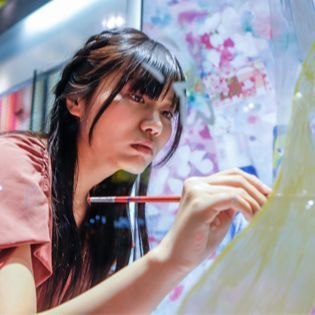
Manga, anime and video games were influential to your early work – do you still draw inspiration from cultural phenomena, which are in rapid development themselves?
Even now, I’m still being inspired by manga, anime and games. I created a hospital in Minecraft once. It was a mixture of images of life and death, and it became a world condensed with the elements I feel are beautiful. In this way, I often discover the form of expressions that can be given back to my painting through other approaches.
Has the pandemic, where people are isolated and only connected digitally, influenced your recent work?
Before the pandemic, I spent most of my time in the suburbs, isolated from people, so I didn’t face any major difficulties in my life due to the pandemic. Many people have been forced into a lifestyle that urges introspection. When I explore loneliness, I can imagine that we are connected to the heart of someone else. Because of this, perhaps I have been painting motifs like ponds and baths so often.
Are there any other Japanese artists you would recommend to curious art lovers?
In 2020, I curated an exhibition gathering young painters called “neo wassyoi”. In Japan there are a lot of artists who use illustrative expressions in their painting, which inspires me. This show can be viewed on social media so I encourage you to dig into it.
YOUR, MY, STORY by ob is on view at Perrotin New York, 130 Orchard Street from 3 November until 23 December, 2021.
Photo credits:
Opener image: Lingering Scent, 2021, Oil on canvas, 80 x 134 cm
©︎2021 ob/Kaikai Kiki Co., Ltd. All Rights Reserved. Courtesy Perrotin
Teaser image: Your, My, Story -Pink-, 2021, Oil on canvas, 150 x 150 cm
©︎2021 ob/Kaikai Kiki Co., Ltd. All Rights Reserved. Courtesy Perrotin
Photo in article left: Drift, 2021, Oil on canvas, 33.3 x 24.2 cm | 13 1/8 x 9 1/2 inch ©︎2021 ob/Kaikai Kiki Co., Ltd. All Rights Reserved. Courtesy Perrotin
Photo in article right: A Semi-circle Spring, 2021, Oil on canvas, 33.3 x 24.2 cm | 13 1/8 x 9 1/2 inch, ©︎ 2021 ob/Kaikai Kiki Co., Ltd. All Rights Reserved. Courtesy Perrotin
Portrait photo: Hiroki Tadano ©️ob/Kaikai Kiki Co., Ltd. All Rights Reserved].

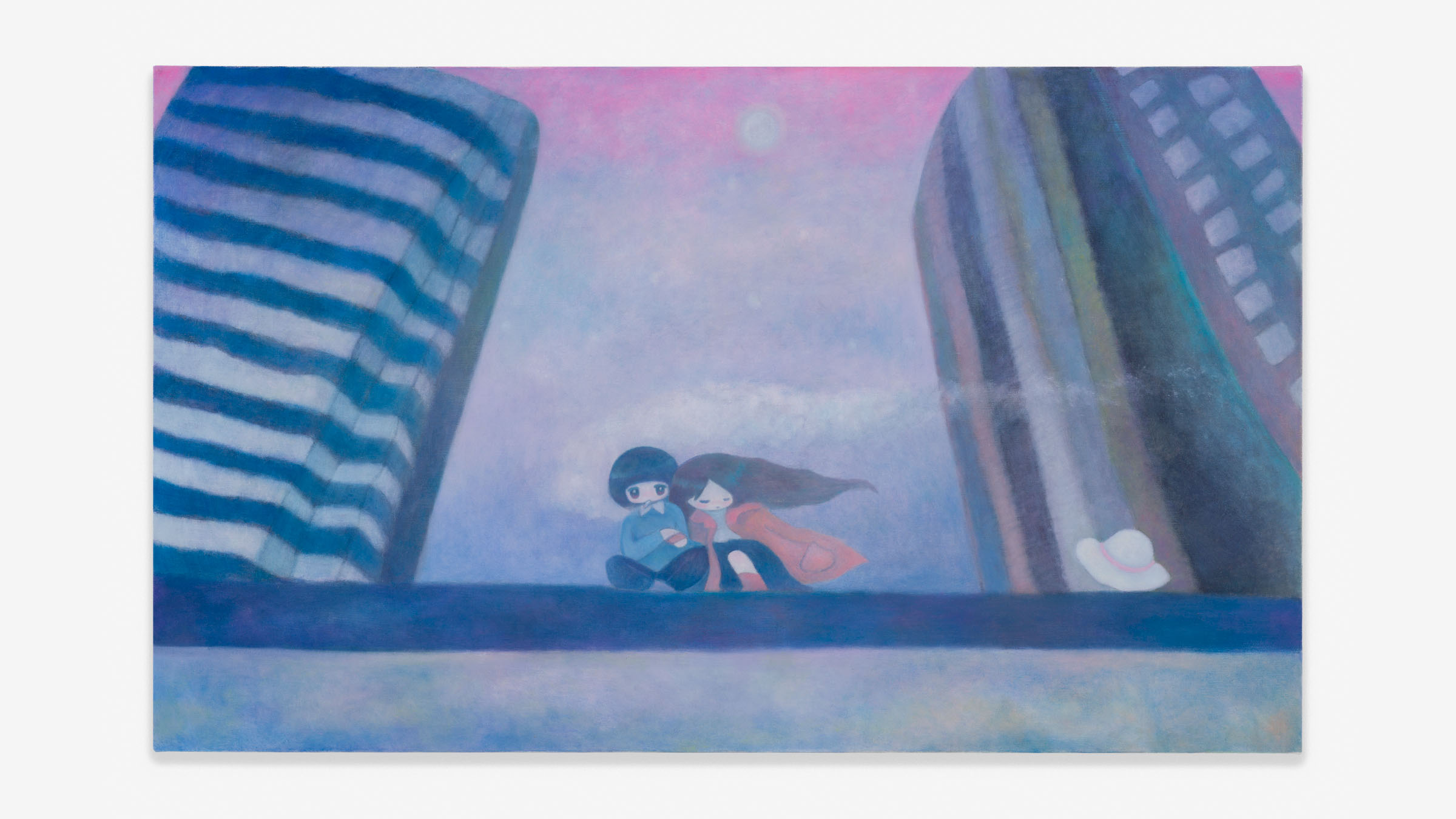
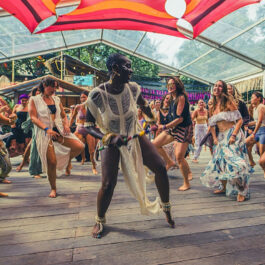
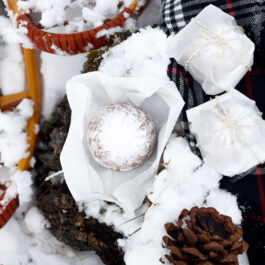

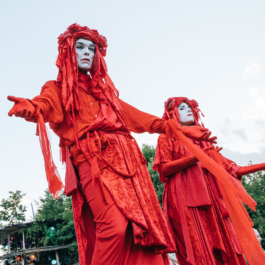
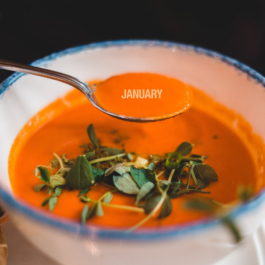
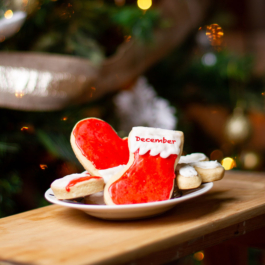
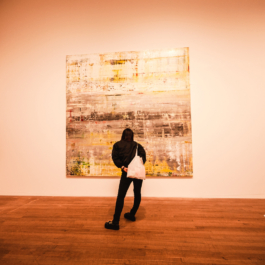
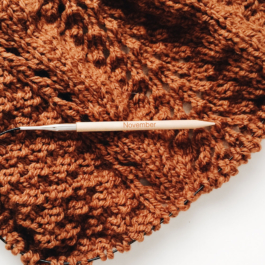
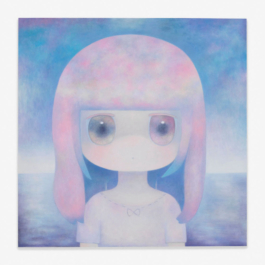
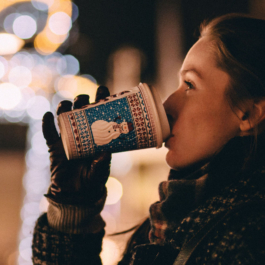
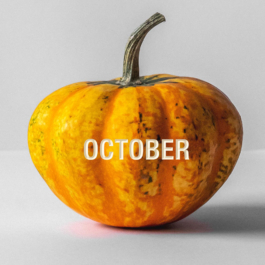

Sorry, the comment form is closed at this time.